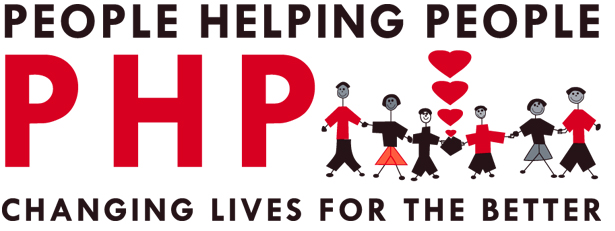By Dean Palius
On Nov. 8, 2016, voters of the State of California approved Proposition 64, legalizing the recreational use of Marijuana for adults aged 21 years or older. In contrast, Federal law continues to classify Marijuana as a schedule 1 drug, defined as a drug with high potential for abuse, with no proven medical use and with high safety concerns.
So, what does the new State law mean? As of November 9th, 2016, adults age 21 and older can use Marijuana but interestingly CANNOT purchase it without a medical marijuana card. In the absence of the card, the only way to legally acquire the drug is for an individual to grow up to six plants within a private home, as long as the area is locked and not visible by the public. Commercial purchase will not be permitted until 2018.
Other provisions of the law include that adults may smoke in a private home or at a licensed business, smoking marijuana is illegal while driving a vehicle, smoking marijuana is prohibited anywhere smoking tobacco is prohibited, and possession on the grounds of a school, day care center or youth center, while children are present, remains illegal.
All of these provisions of the new law are intriguing and sure to have social and economic impacts. However, as a long-time member of the Santa Ynez Youth Coalition and its Policy Committee Chair, I have serious concerns about the potential effects of the law and marijuana usage on our youth. Why? Just review our performance as adults in protecting our children from the damage caused by underage use of alcohol. The evidence is overwhelmingly negative based upon ten years of local CA Healthy Kids Surveys that show high levels of youth alcohol use, binge drinking, and driving under the influence or driving with someone inebriated.
While the short and long term consequences of adult use of marijuana may still be debated for many years due to lack of research, there is clear cut evidence of the negative consequences of marijuana use on the developing brain of adolescents as borne out by recent MRI studies published by the Center for Disease Control. Additional evidence shows that young people who use Marijuana are four times more likely to develop an addiction, that marijuana use is the number one reason that youth are entering drug treatment, and that teens who smoke heavily may lose up to eight IQ points.
Unfortunately, although we know that use of marijuana by our children is harmful, I believe that we can expect increased consumption by them due to legalization of adult recreational use. Regardless of how well adults safeguard their supply, we have sent a clear message to our kids that adults have a low perception of the harm of marijuana. Our children take their behavioral cues from the adults in their lives and therefore, it is a reasonable conclusion to expect that we will see an increase in marijuana use by youth. In fact, research bears this conclusion out by clearly showing that a low perception of harm is a leading cause of youth substance abuse.
Is there an antidote to the impending problems expected from legalization? Yes, there are several recommendations. First, if you are a recreational user, do not use with or in front of your children. Second, secure your supply away from your kids. Third, plainly express your views about the harms of drug use by youth. Last, continue to have two way conversations with your children; listen carefully, be aware of their friends and activities, and note any sudden changes in their behavior as a symptom of drug use.
For more information about youth substance abuse and solutions check out the website of the Youth Coalition at www.syvyouthcoalition.org.
